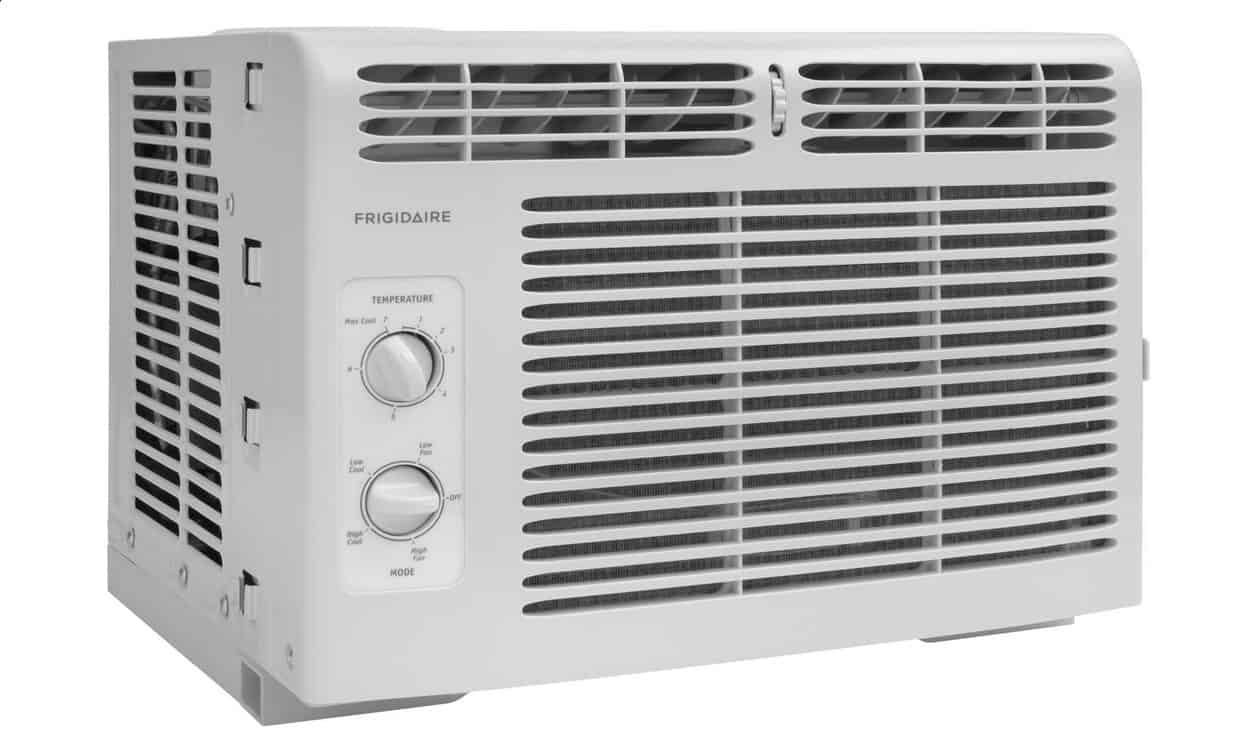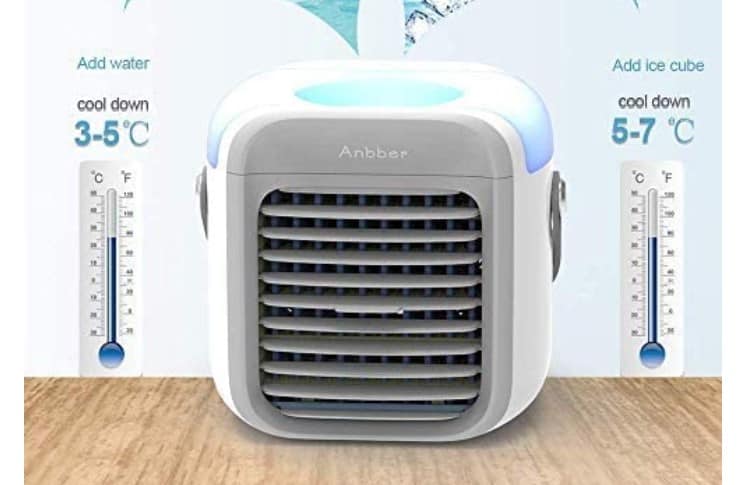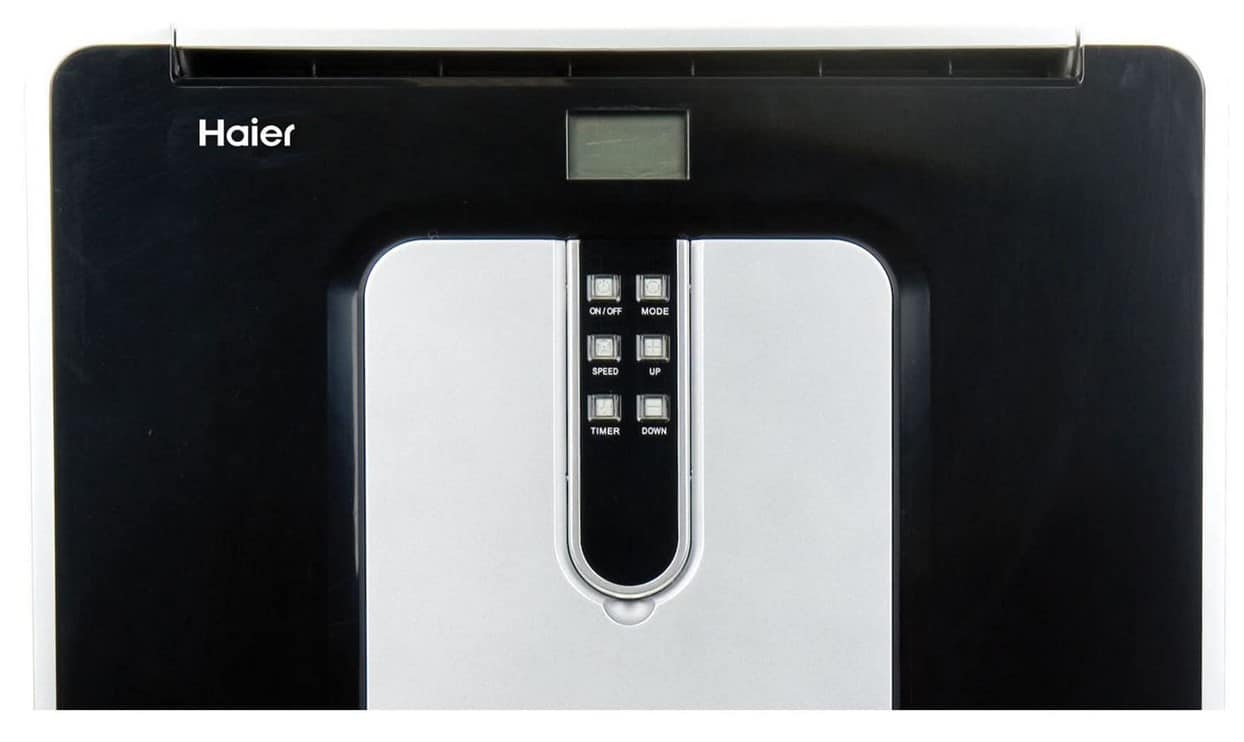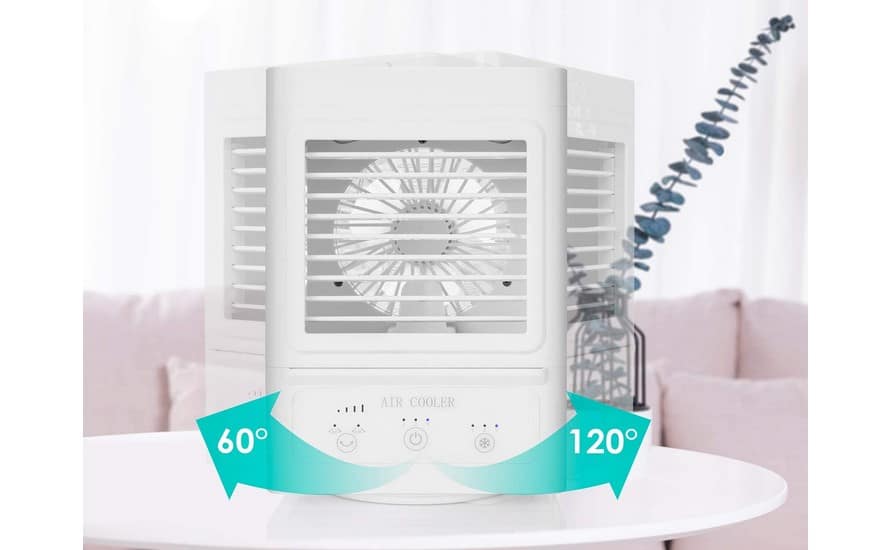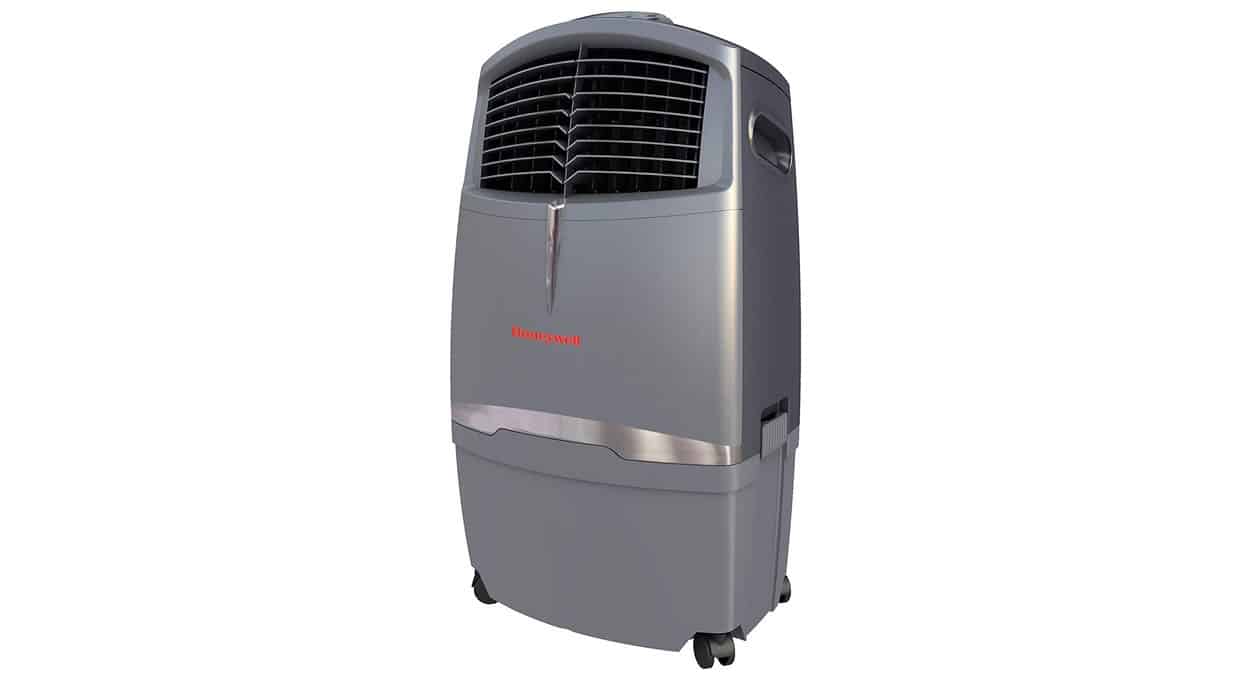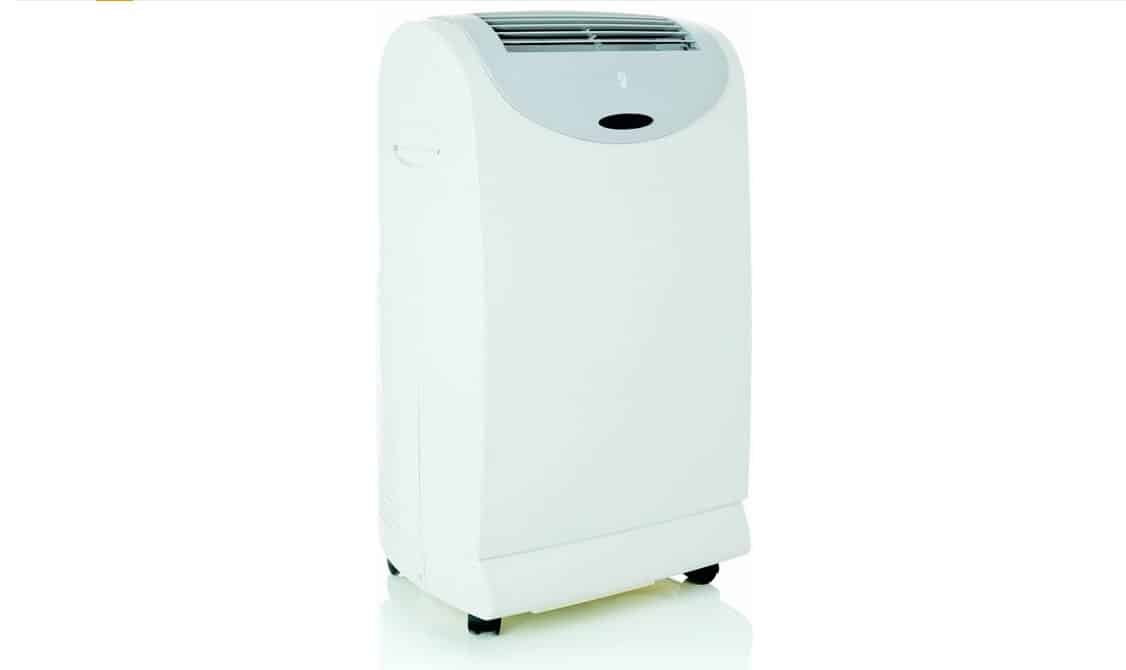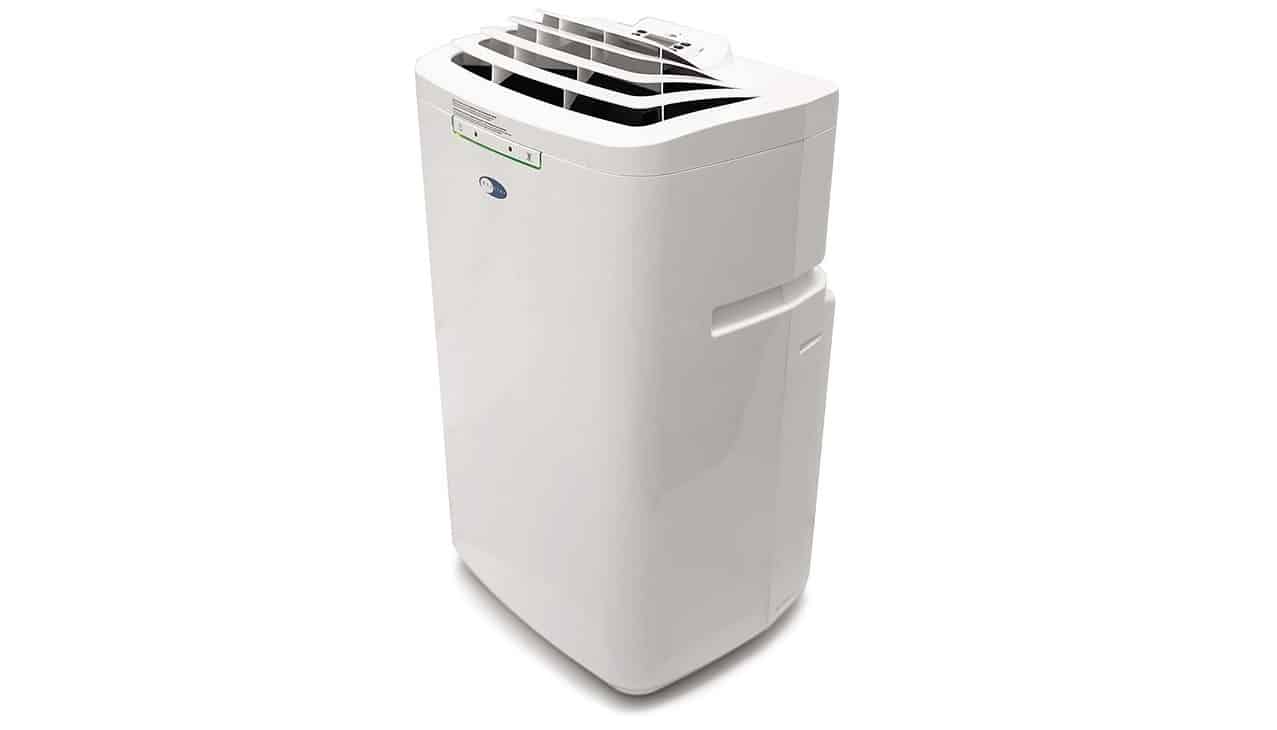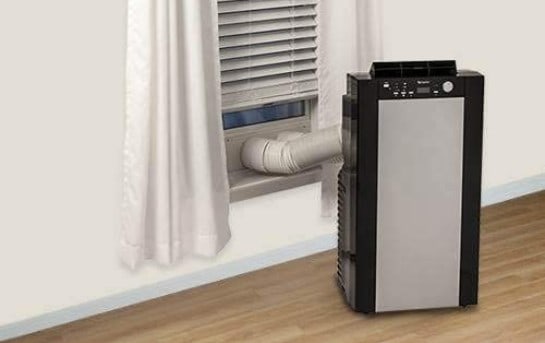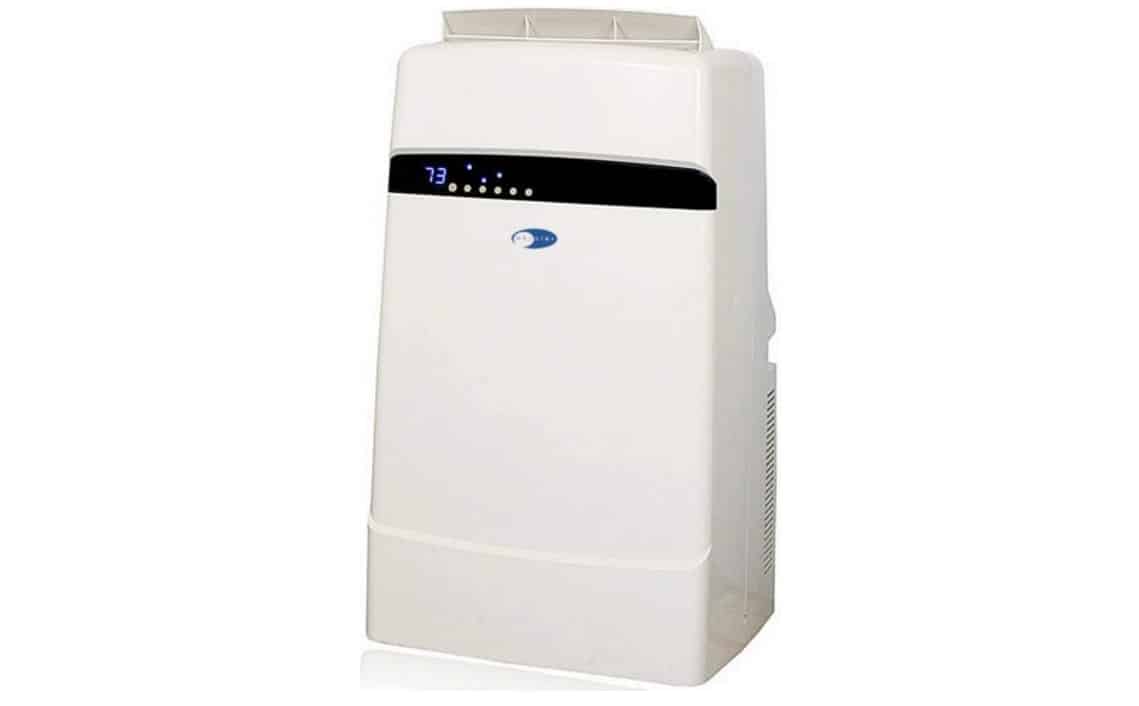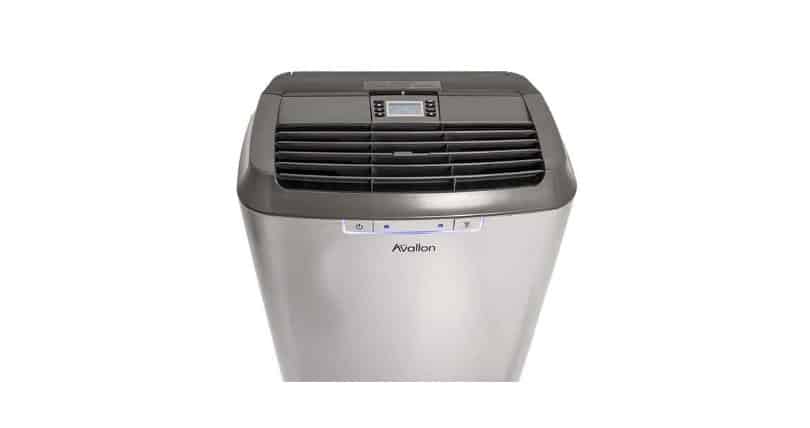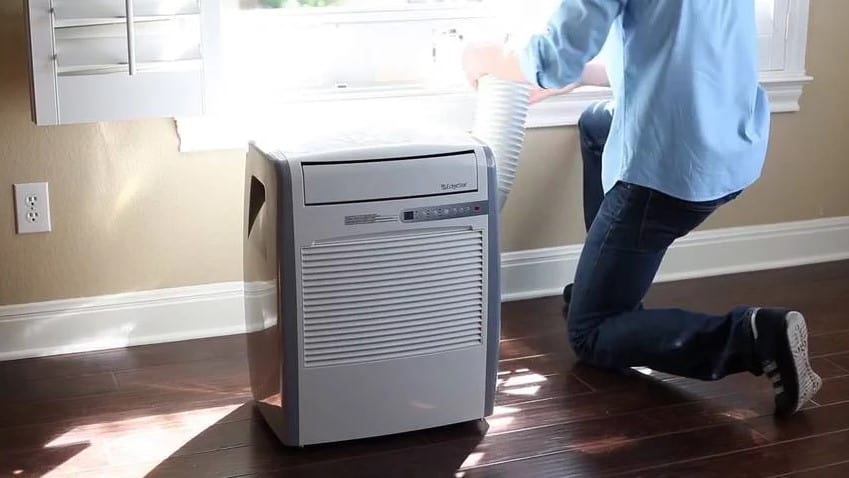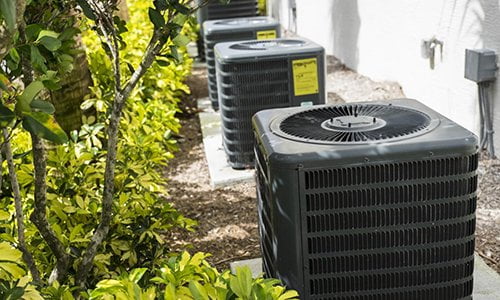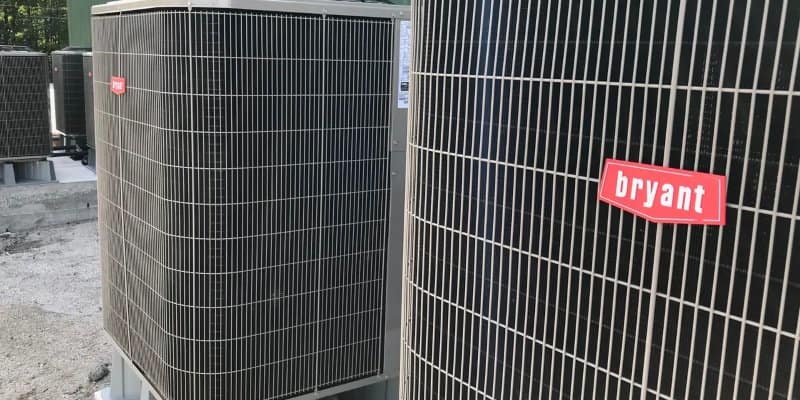Even the best air conditioners can sometimes break down, and a faulty compressor is a concern for any AC owner. This is important, because you don’t want to just scrap your air conditioner. Because caring for your cooling unit can often be confusing, we’ll show you how to test an air conditioner compressor in this article. And for more information on proper air conditioning unit care, you read our resource on how to turn off an air conditioner.
KEY TAKEAWAYS:
- The compressor circulates the refrigerant through the condenser coils that cool the inflowing air.
- To test your compressor, you’ll need a specialty tool called a multimeter.
- If your tests read consistently over 30 ohms, you will probably have to replace the compressor.
What is an Air Conditioner Compressor?
The compressor is perhaps the most critical part of an AC unit. It’s responsible for circulating the refrigerant through the system’s condenser coils so that it effectively cools the air. This is different than the dry setting on an air conditioner. Think of it as the heart of the machine, which is why you should do all you can to keep it in top condition. Another critical part of AC repair is the capacitor. For this, we have a great resource on how to test an AC capacitor.
Insider Tip
A wave or diode symbol should represent the continuity setting on a multimeter.
Testing Your AC Compressor
STEP 1 Power Down your AC Unit
Go to the fuse box with the circuit breaker panel that powers your AC unit. Switch off the power supply.
STEP 2
Remove the Access PanelUnscrew everything that fastens the access panel. Remove the panel so that the electronics and wires are showing.
STEP 3 Check for Damage
- Inspect the wires, compressor, and capacitor for visible damage. Check for any ruptures, burn marks, frayed wires, or a blown fuse.
- The compressor is a cylindrical black or silver tube with three wires connected to it.
- Specifically, check the compressor’s terminals (the metal parts that the wires connect to) for burn marks.
- If no damage is detected, you’ll have to inspect it with a multimeter.
STEP 4 Locate the C, R, and S Terminals
- Get out your multimeter and turn it to the “continuity” setting.
- Place the red node on the C terminal and the black node on the S terminal.
- Look at the ohm reading to check for proper voltage. It should read significantly below 30 ohms.
- Leave the red node on C, and move the black node to R.
- Check the ohm reading. Again, if it is above thirty, you likely have a bad compressor.
- Finally, put the red node on the R and the black node on the S. This number should also read under 30.
- If the numbers read consistently above thirty, you need to replace your compressor
Warning
You can purchase and replace an AC compressor yourself, but this is often expensive and better handled by an HVAC professional.
F.A.Q.S
What are some signs of a bad AC compressor?
Common signs of a bad air conditioning compressor are loud noises coming from the machine and a lack of hot airflow from the outside unit.
Is it necessary to have a compressor in good working order?
Not only does the compressor regulate the cooling process, but a damaged compressor can cause a major leak of refrigerant, which can be physically harmful.
Are all AC compressors built the same?
There are different types of AC compressors, particularly between your home and vehicle. However, they operate very similarly.
STAT: The acceptable ohm range is usually labeled on the capacitor. If the capacitor tells you “50 ±5%,” the acceptable range is 47.5 to 52.5 F. (source)
REFERENCES:
- https://www.wikihow.com/Check-an-AC-Compressor
- https://www.griffithenergyservices.com/articles/5-important-things-know-air-conditioner-compressor#:~:text=The%20compressor%20is%20responsible%20for,the%20refrigerant%20as%20the%20blood.
- https://www.appalachianrefrigerationhvac.com/blog/air-conditioning-101-how-does-the-compressor-workr
- https://www.warnerservice.com/shocking-air-conditioning-statistics#:~:text=Only%2042%20percent%20of%20homeowners,maintenance%20last%2040%20percent%20longer.
- https://www.youtube.com/watch?v=2N3-RPu0kC4

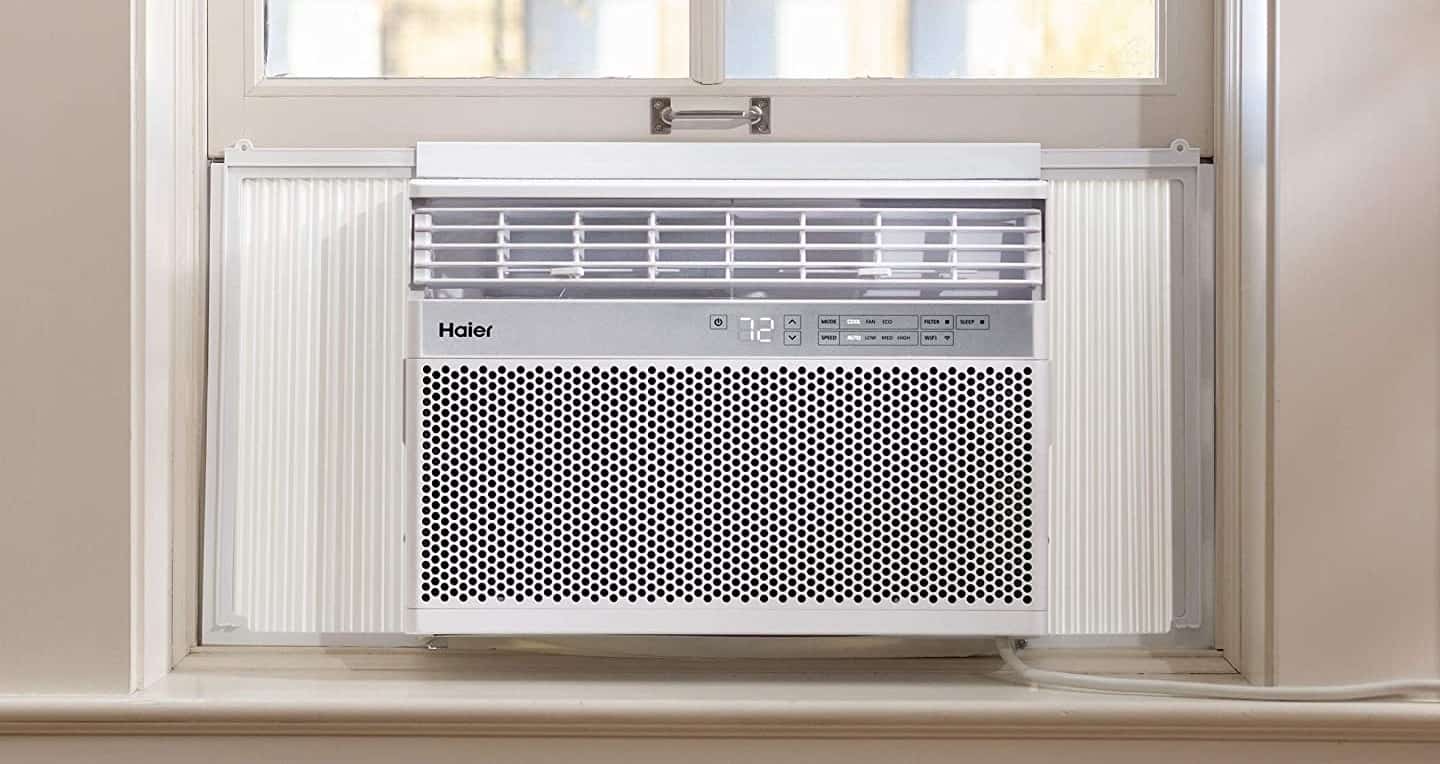













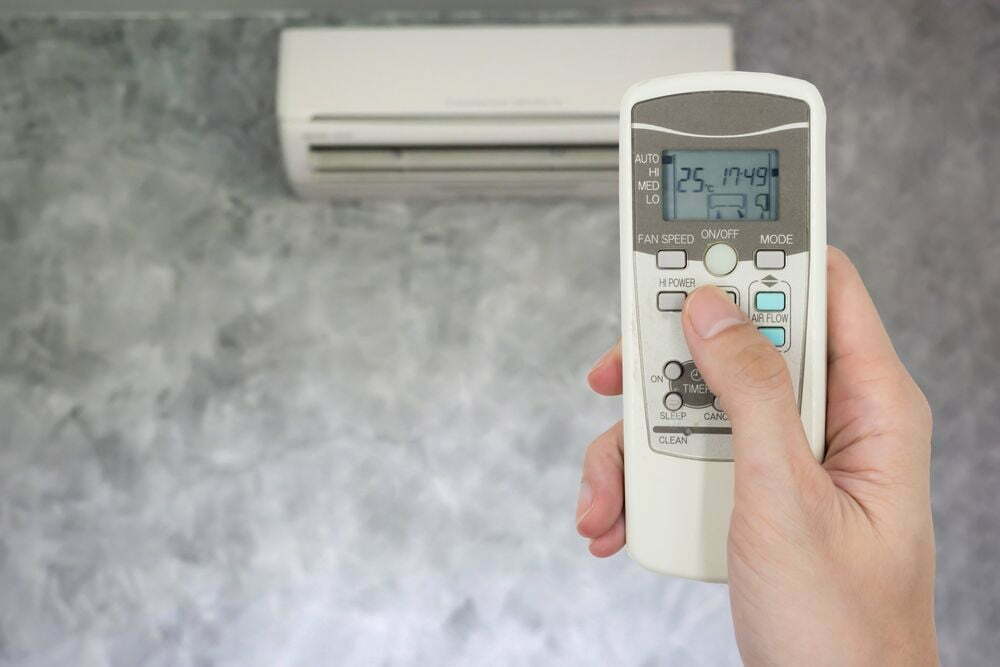
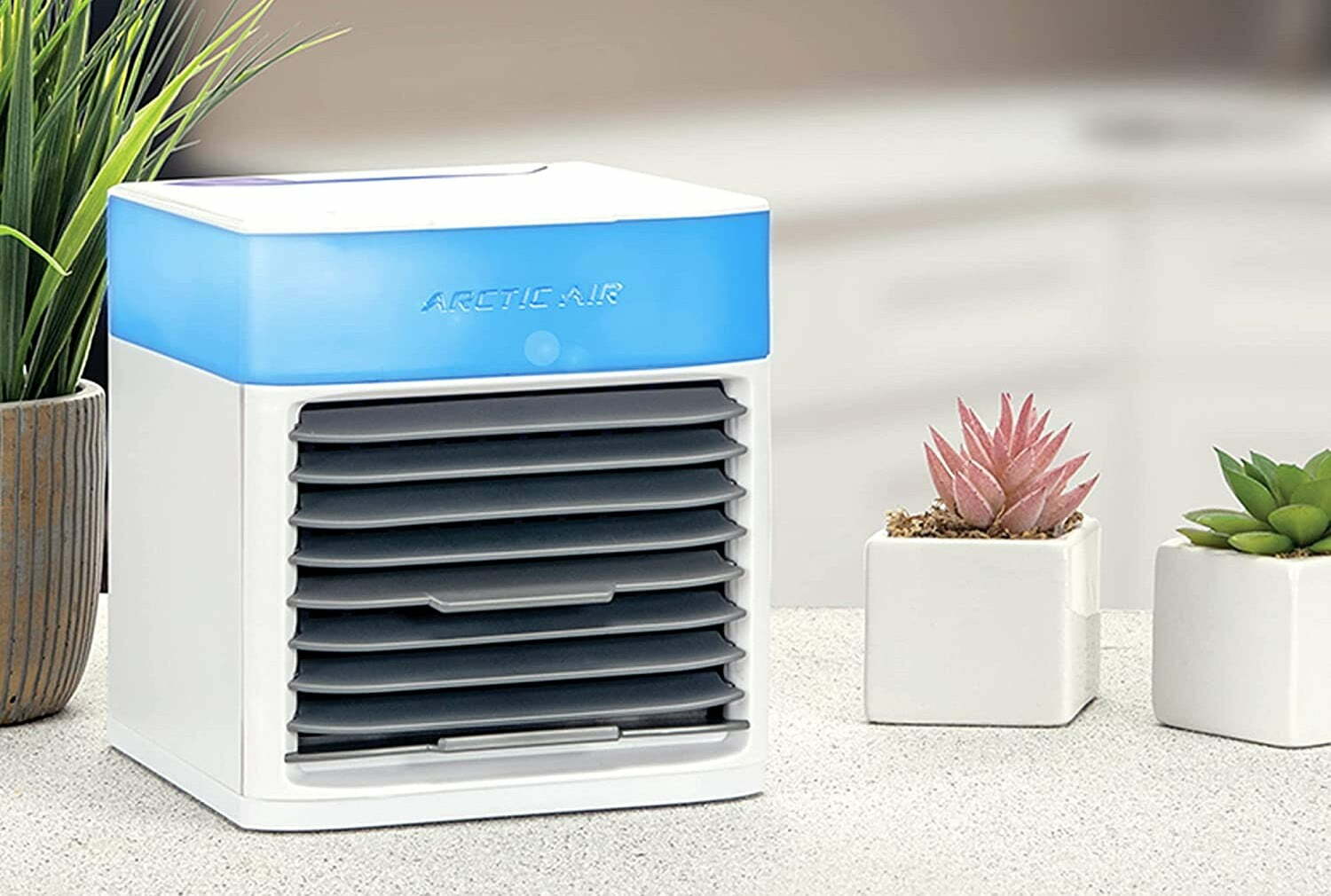
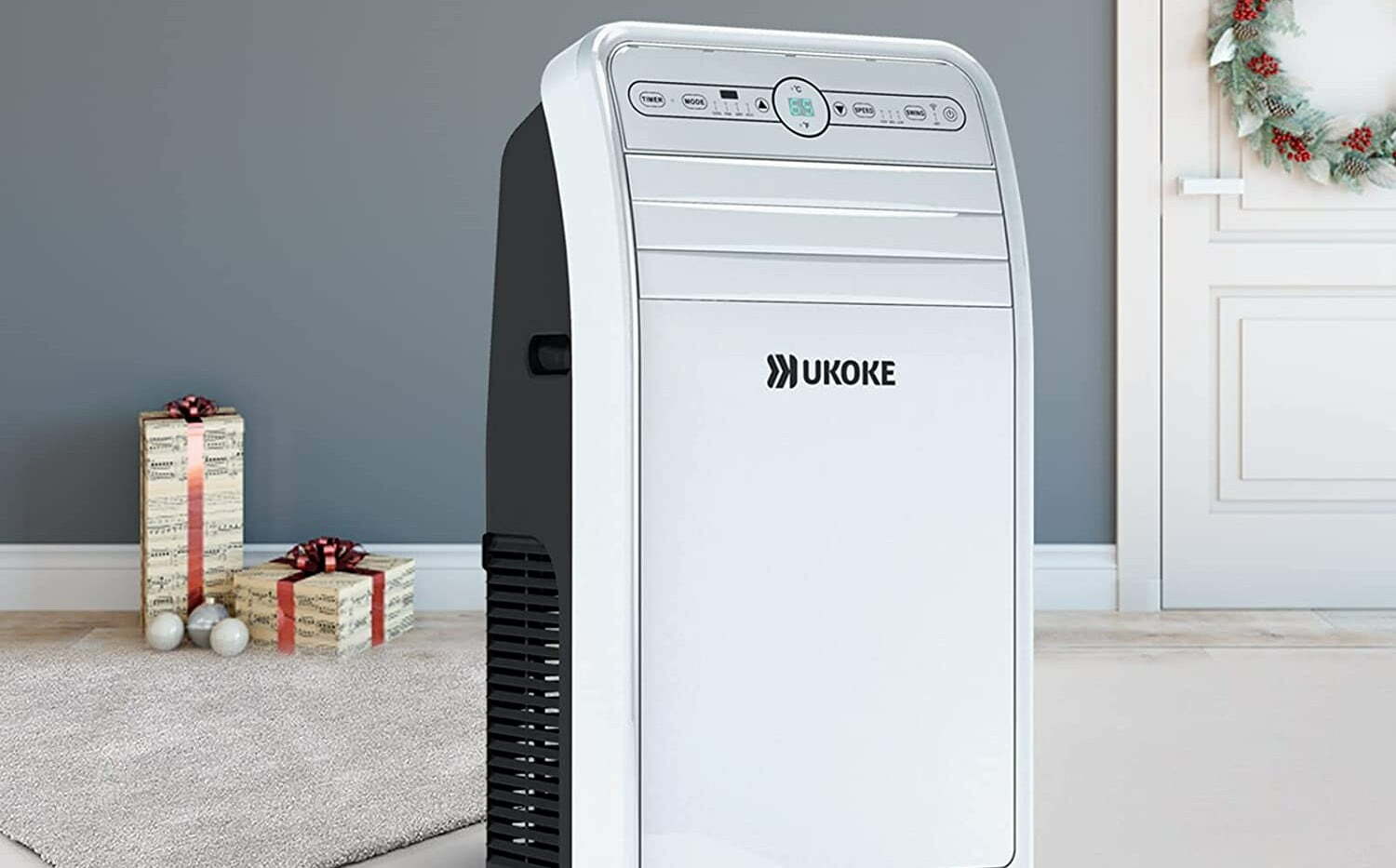
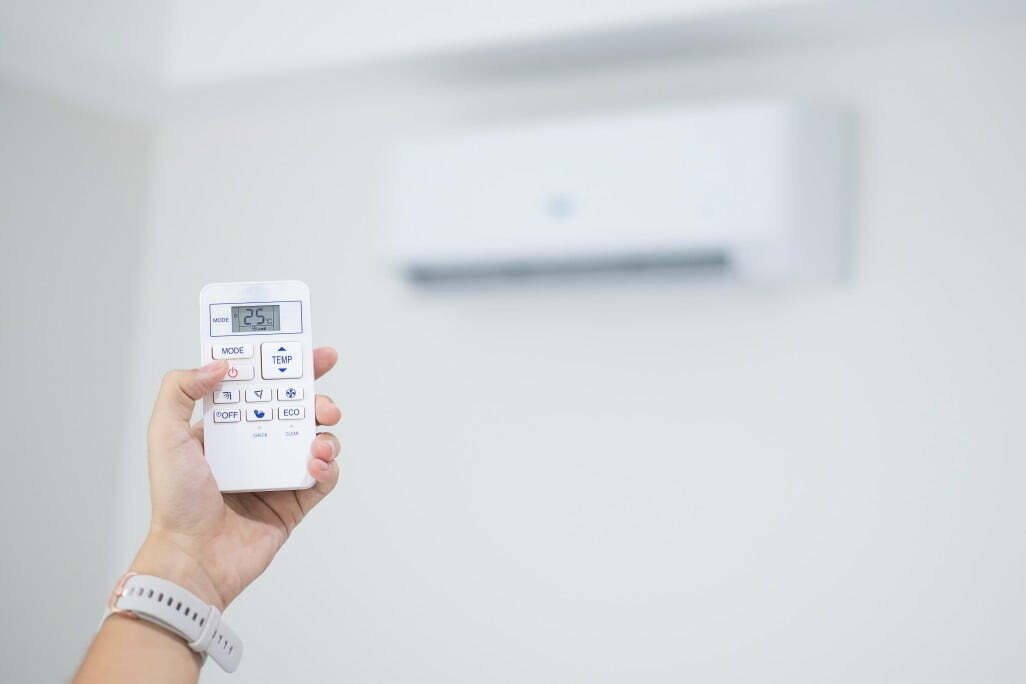

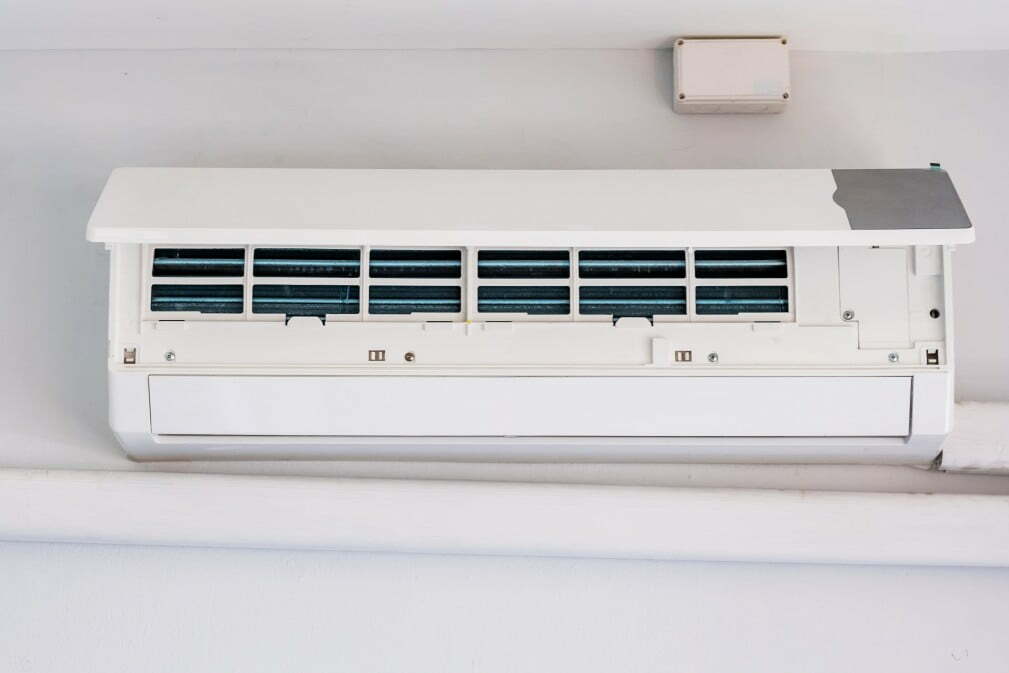

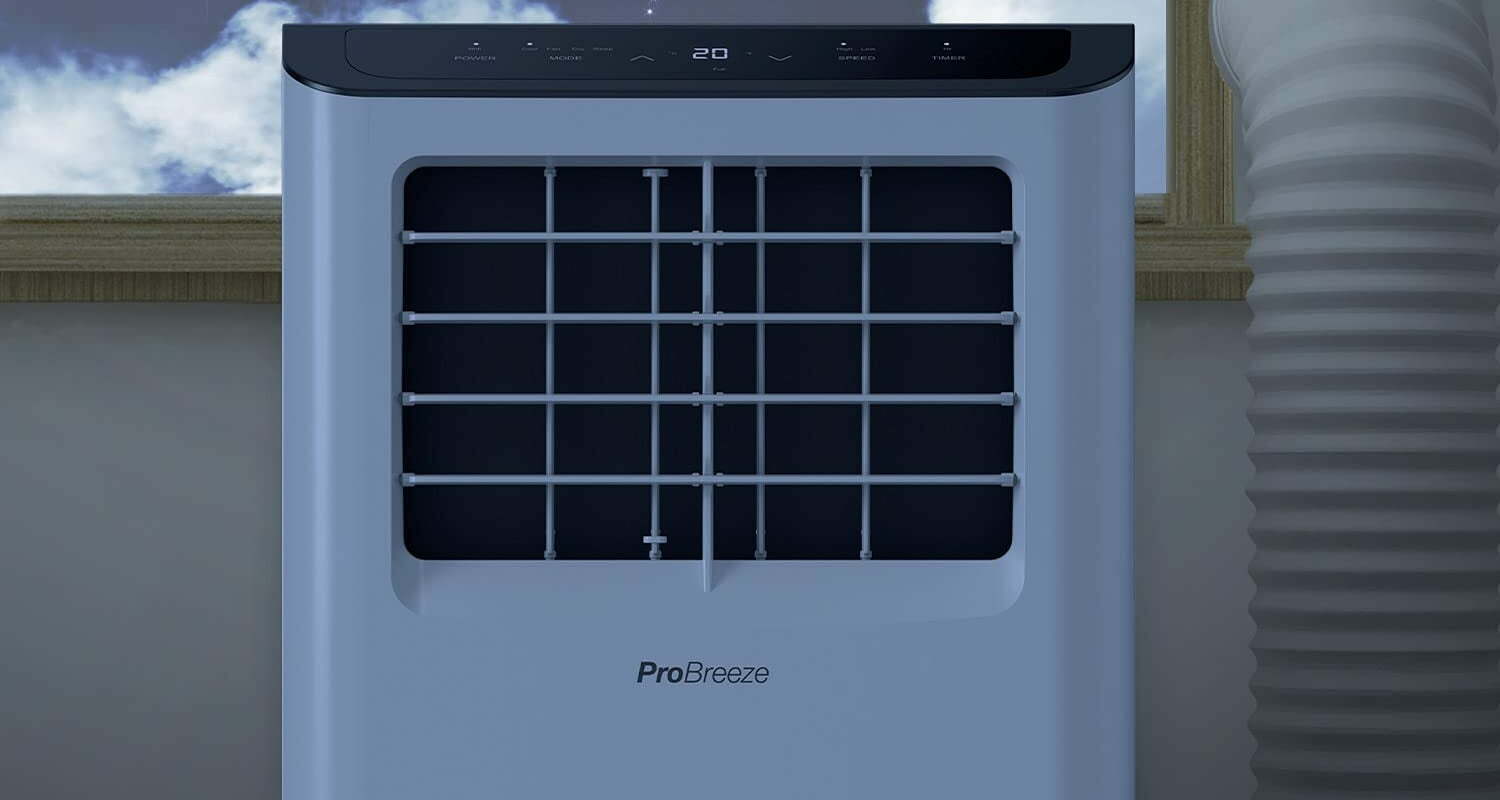


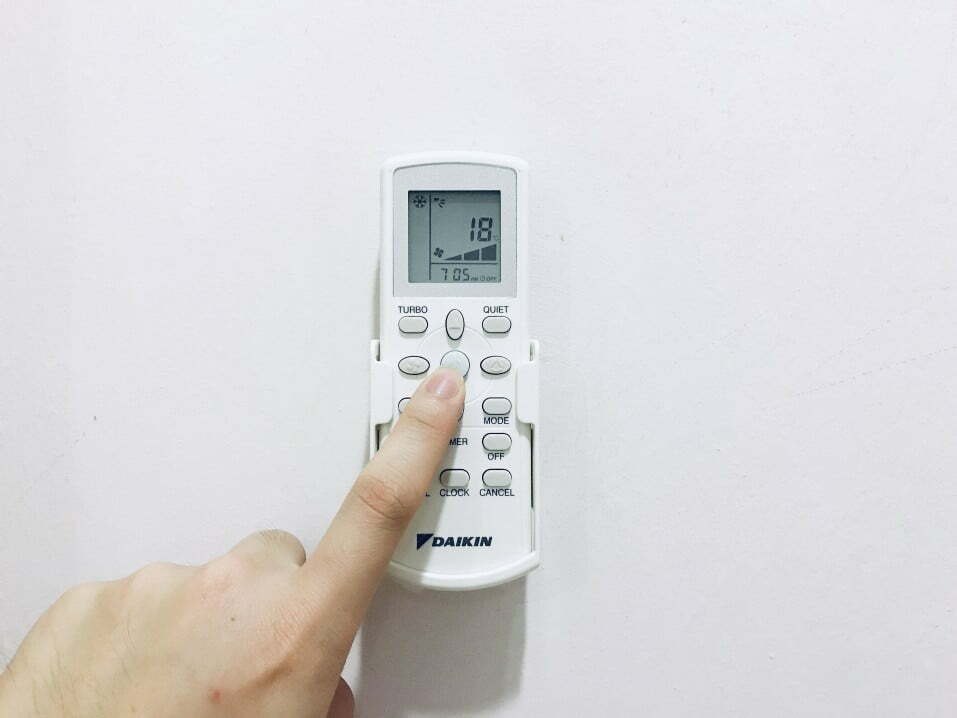
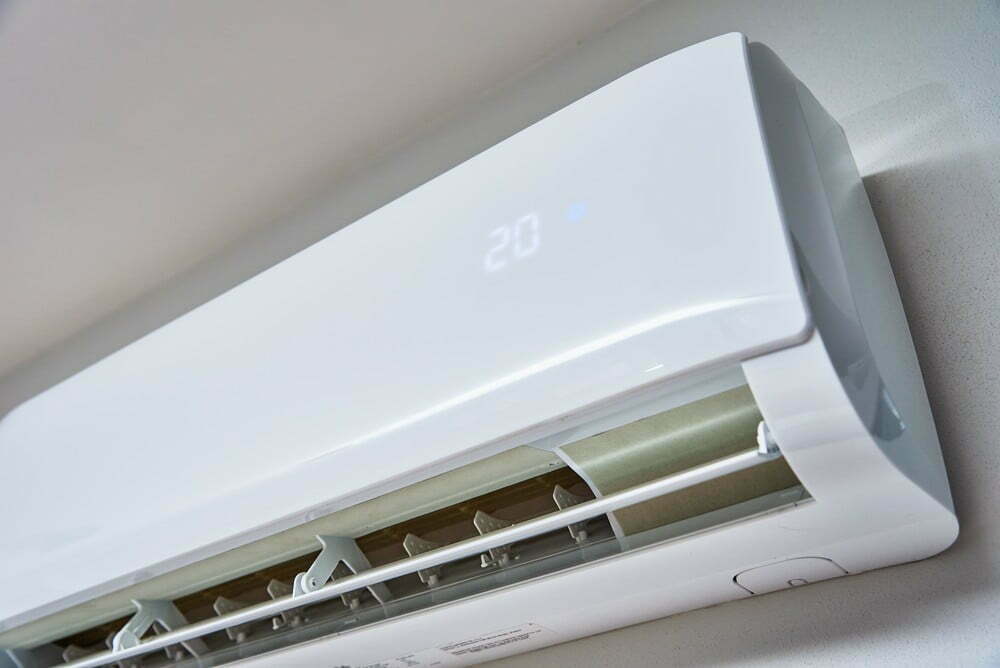

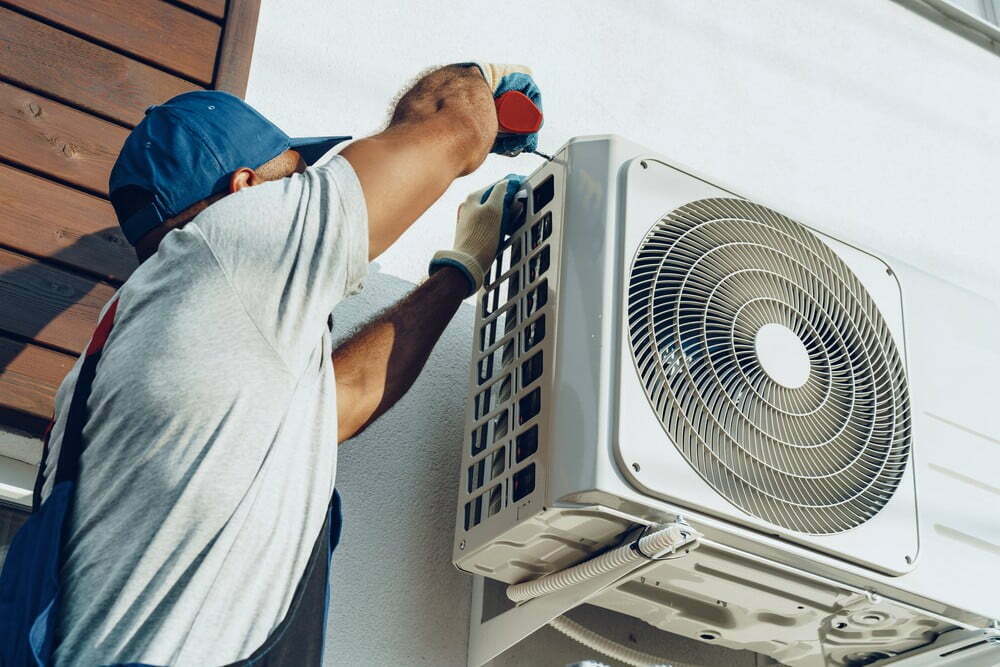

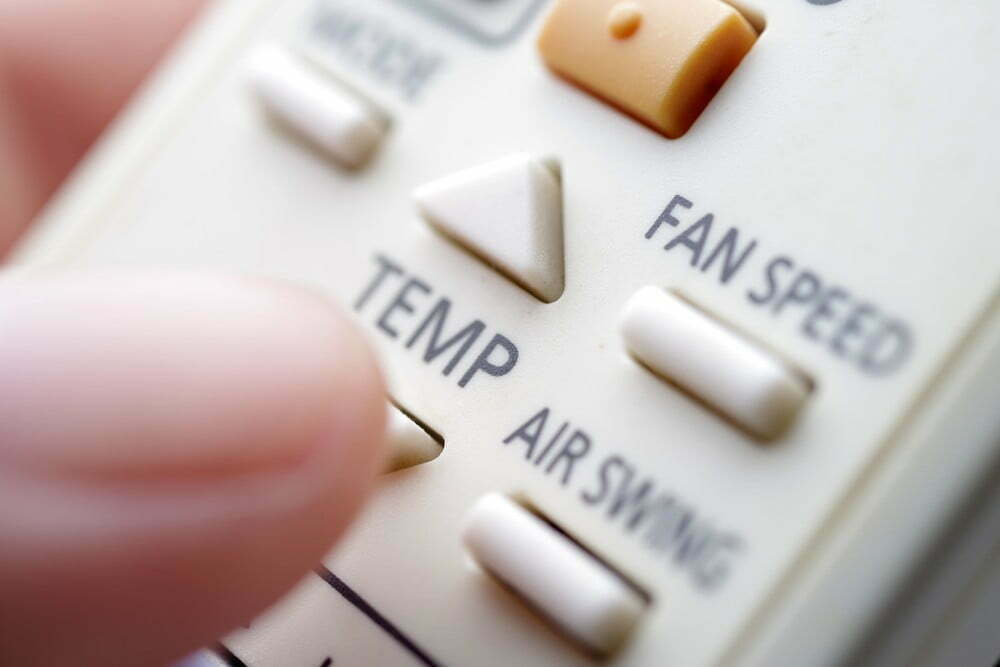

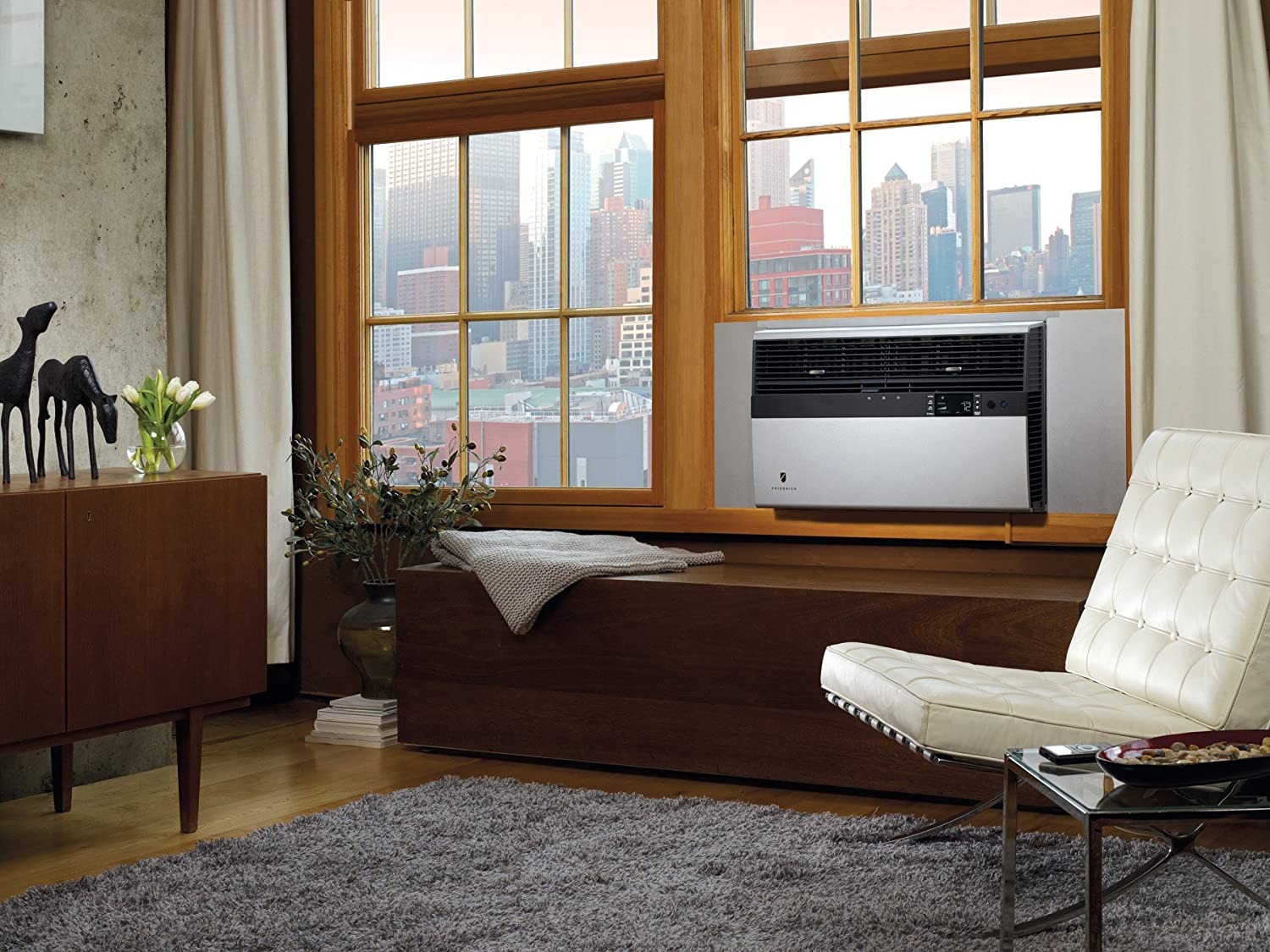
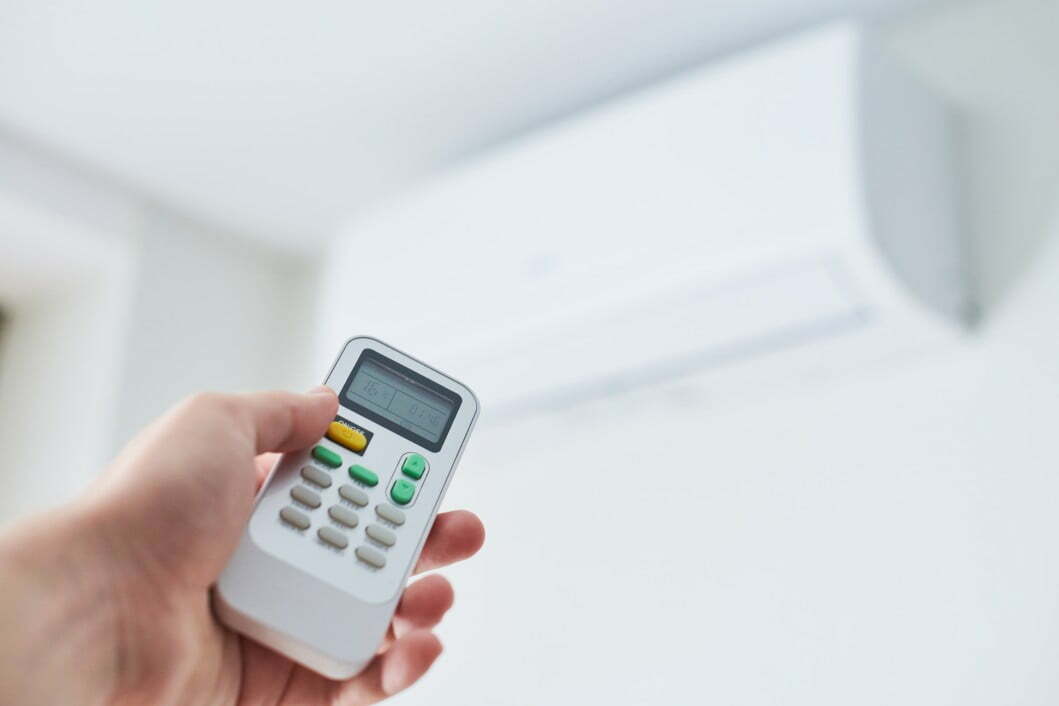
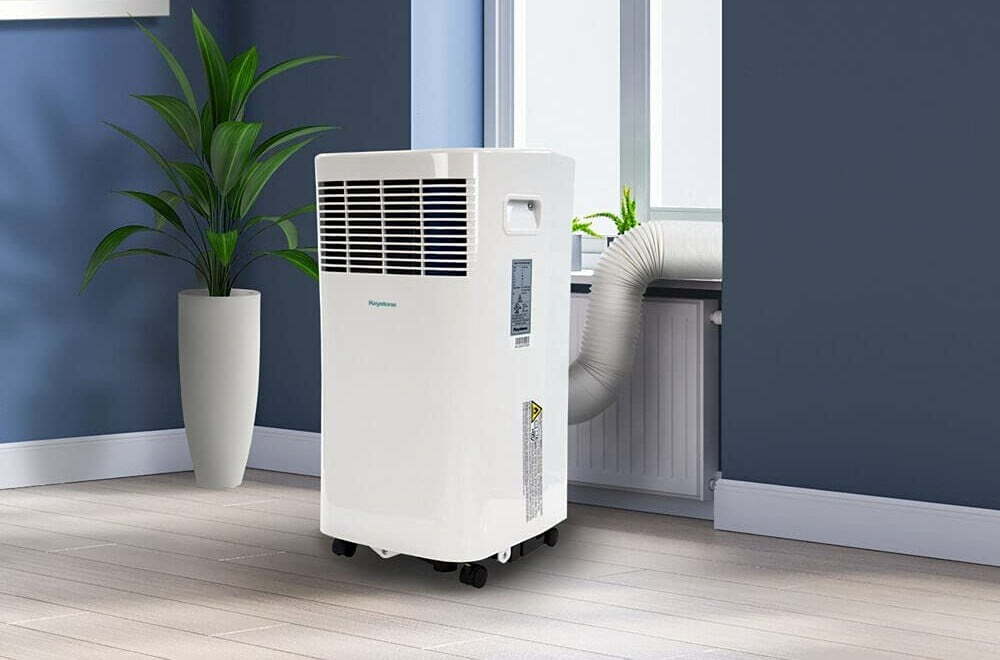
![Best Air Conditioners in [year] ([month] Reviews) 27 Best Air Conditioners in 2026 (January Reviews)](https://www.gadgetreview.dev/wp-content/uploads/best-air-conditioners-image.jpg)
![Quietest Through The Wall Air Conditioners in [year] 28 Quietest Through The Wall Air Conditioners in 2026](https://www.gadgetreview.dev/wp-content/uploads/quietest-through-the-wall-air-conditioner-image.jpg)
![Best 10000 BTU Air Conditioners in [year] 29 Best 10000 BTU Air Conditioners in 2026](https://www.gadgetreview.dev/wp-content/uploads/best-10000-btu-air-conditioner-image.jpg)
![Best 15000 BTU Air Conditioners in [year] 30 Best 15000 BTU Air Conditioners in 2026](https://www.gadgetreview.dev/wp-content/uploads/best-15000-btu-air-conditioner-image.jpg)
![Best 15000 BTU Window Air Conditioners in [year] 31 Best 15000 BTU Window Air Conditioners in 2026](https://www.gadgetreview.dev/wp-content/uploads/best-15000-btu-window-air-conditioner-image.jpg)
![Best 12000 BTU Air Conditioners in [year] 32 Best 12000 BTU Air Conditioners in 2026](https://www.gadgetreview.dev/wp-content/uploads/best-12000-btu-air-conditioner-image.jpg)
![Best Photocatalytic Oxidation Air Purifiers in [year] 33 Best Photocatalytic Oxidation Air Purifiers in 2026](https://www.gadgetreview.dev/wp-content/uploads/best-photocatalytic-oxidation-air-purifier-image.jpg)
![Best Ventless Portable Air Conditioners in [year] 34 Best Ventless Portable Air Conditioners in 2026](https://www.gadgetreview.dev/wp-content/uploads/best-ventless-portable-air-conditioner-image.jpg)
![Best Window Air Conditioners with Heat in [year] 35 Best Window Air Conditioners with Heat in 2026](https://www.gadgetreview.dev/wp-content/uploads/best-window-air-conditioner-with-heat-image.jpg)
![Best Inverter Air Conditioners in [year] 36 Best Inverter Air Conditioners in 2026](https://www.gadgetreview.dev/wp-content/uploads/best-inverter-ac-image.jpg)
![Best HEPA Air Purifiers in [year] 37 Best HEPA Air Purifiers in 2026](https://www.gadgetreview.dev/wp-content/uploads/best-hepa-air-purifier-image.jpg)
![Best Quiet Window Air Conditioners in [year] 38 Best Quiet Window Air Conditioners in 2026](https://www.gadgetreview.dev/wp-content/uploads/quiet-window-air-conditioner-image.jpg)
![Best Energy Efficient Window Air Conditioners in [year] 39 Best Energy Efficient Window Air Conditioners in 2026](https://www.gadgetreview.dev/wp-content/uploads/best-energy-efficient-window-air-conditioner-image.jpg)
![Best Quiet Portable Air Conditioners in [year] 40 Best Quiet Portable Air Conditioners in 2026](https://www.gadgetreview.dev/wp-content/uploads/quiet-portable-air-conditioner-image.jpg)
![Best 6000 BTU Air Conditioners in [year] 41 Best 6000 BTU Air Conditioners in 2026](https://www.gadgetreview.dev/wp-content/uploads/best-6000-btu-air-conditioner-image.jpg)
![Best 8000 BTU Air Conditioners in [year] 42 Best 8000 BTU Air Conditioners in 2026](https://www.gadgetreview.dev/wp-content/uploads/best-8000-btu-air-conditioner-image.jpg)
![Best Small Window Air Conditioner in [year] 43 Best Small Window Air Conditioner in 2026](https://www.gadgetreview.dev/wp-content/uploads/best-small-window-air-conditioner-image.jpg)
![Best 5000 BTU Air Conditioners in [year] 44 Best 5000 BTU Air Conditioners in 2026](https://www.gadgetreview.dev/wp-content/uploads/best-5000-btu-air-conditioner.jpg)
![Best Mini Split in [year] 45 Best Mini Split in 2026](https://www.gadgetreview.dev/wp-content/uploads/best-ductless-mini-split-air-conditioner-image.jpg)
![10 Best Portable Air Conditioners and Heaters in [year] 46 10 Best Portable Air Conditioners and Heaters in 2026](https://www.gadgetreview.dev/wp-content/uploads/best-portable-air-conditioner-and-heater-image.jpg)

